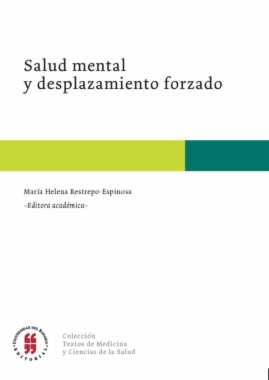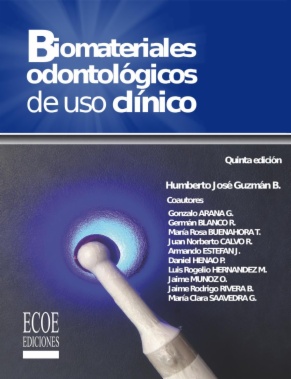
Estás filtrando por
Se encontraron 737 resultados en recursos

Compartir este contenido
El proceso de atención en enfermería
Copia el enlace o compártelo en redes sociales

El médico social : apuntes para una medicina humanista : cambio social y sanidad
Compartir este contenido
El médico social : apuntes para una medicina humanista : cambio social y sanidad
Copia el enlace o compártelo en redes sociales

Salud Mental y desplazamiento forzado
Compartir este contenido
Salud Mental y desplazamiento forzado
Copia el enlace o compártelo en redes sociales

Biomateriales odontológicos de uso clínico (5a ed.)
Compartir este contenido
Biomateriales odontológicos de uso clínico (5a ed.)
Copia el enlace o compártelo en redes sociales
Análisis de la situación de salud del consultorio médico familiar 35. Enero – octubre de 2010 = Analysis of the health situation of the family doctor's office 35. January - October 2010
Compartir este contenido
Análisis de la situación de salud del consultorio médico familiar 35. Enero – octubre de 2010 = Analysis of the health situation of the family doctor's office 35. January - October 2010
Copia el enlace o compártelo en redes sociales
Análisis mutacional en pacientes con leucemia linfática crónica y deleción de 13q mediante secuenciación masiva de amplicones
Compartir este contenido
Análisis mutacional en pacientes con leucemia linfática crónica y deleción de 13q mediante secuenciación masiva de amplicones
Copia el enlace o compártelo en redes sociales
Hemorragia digestiva alta no varicosa. Su comportamiento e índice de rockall. Las tunas = Non-variceal upper gastrointestinal bleeding. Its behavior and rockall score. Las tunas
Compartir este contenido
Hemorragia digestiva alta no varicosa. Su comportamiento e índice de rockall. Las tunas = Non-variceal upper gastrointestinal bleeding. Its behavior and rockall score. Las tunas
Copia el enlace o compártelo en redes sociales
Fístula coledocoduodenal = Choledochoduodenal fistula
Compartir este contenido
Fístula coledocoduodenal = Choledochoduodenal fistula
Copia el enlace o compártelo en redes sociales
Auricular reconstruction with a nanocomposite polymer = Reconstrucción auricular con un nanopolimero
Compartir este contenido
Auricular reconstruction with a nanocomposite polymer = Reconstrucción auricular con un nanopolimero
Copia el enlace o compártelo en redes sociales

El hospital como organización de conocimiento y espacio de investigación y formación
Compartir este contenido
El hospital como organización de conocimiento y espacio de investigación y formación
Copia el enlace o compártelo en redes sociales
Selecciona las Colecciones en las que vas a añadir el contenido
Para consultar los contenidos añadidos busca la opción Tus colecciones en el menú principal o en Mi perfil.
